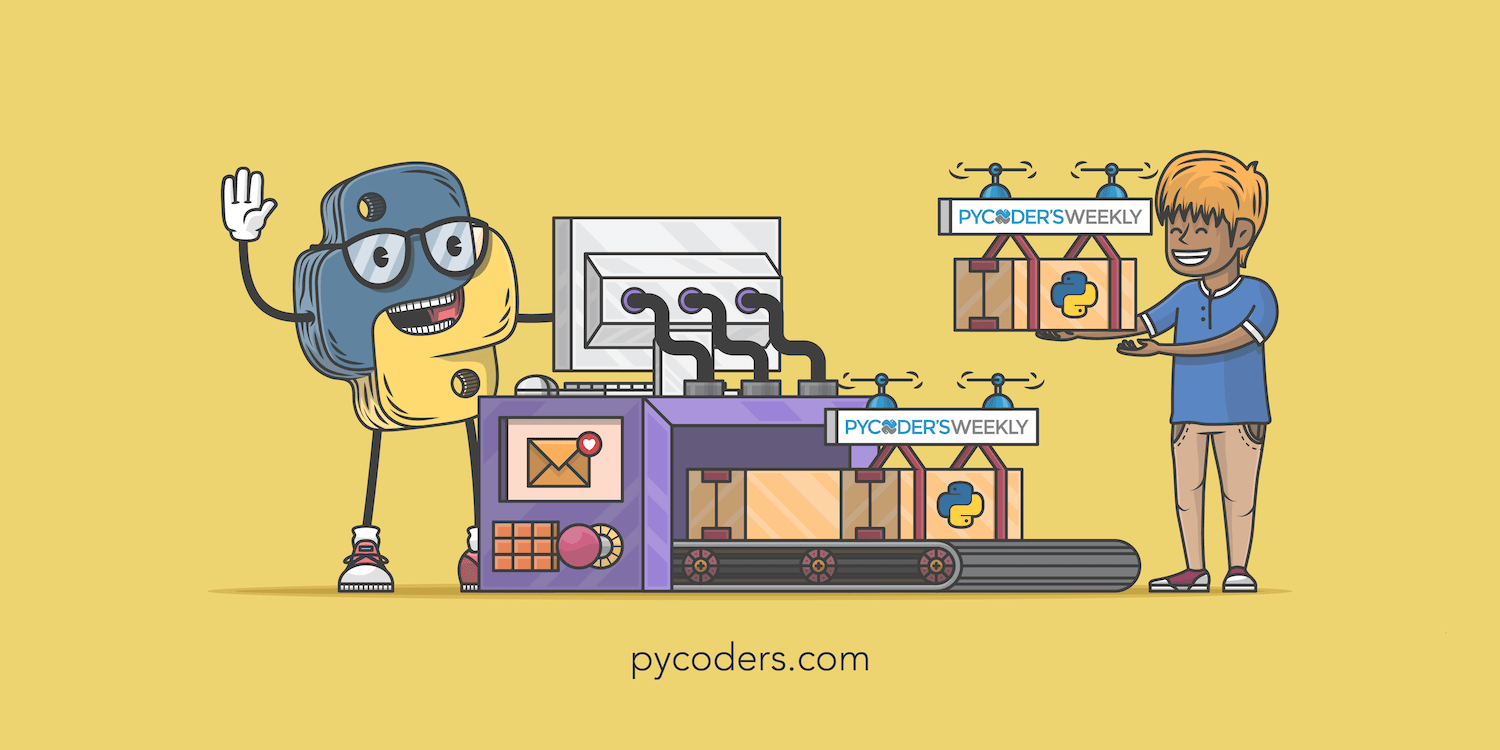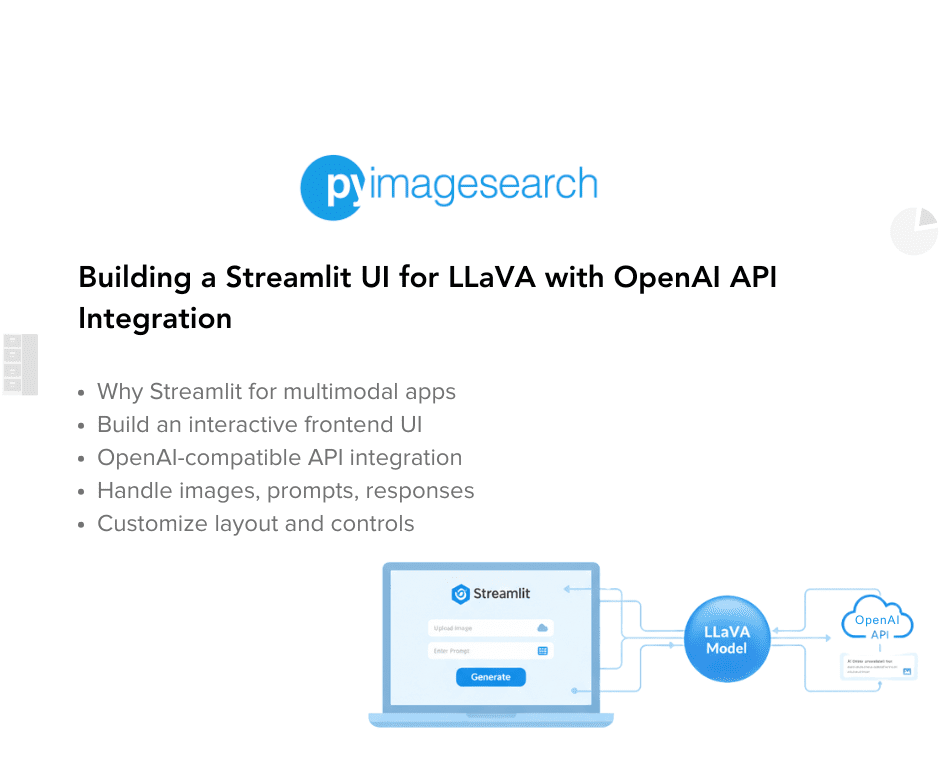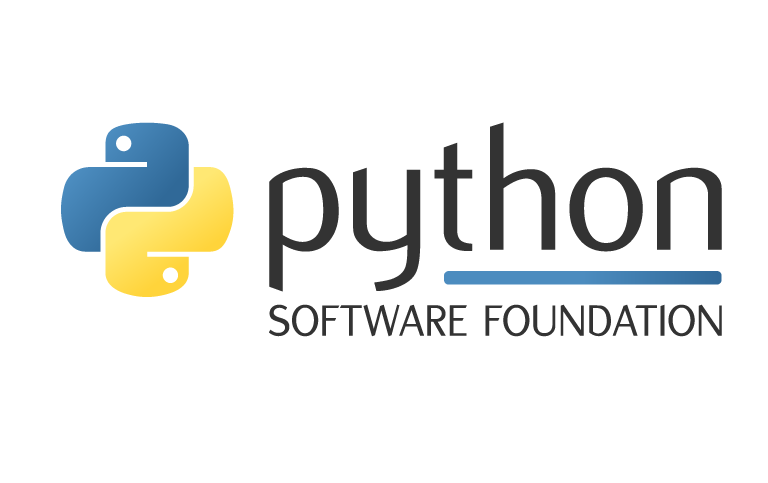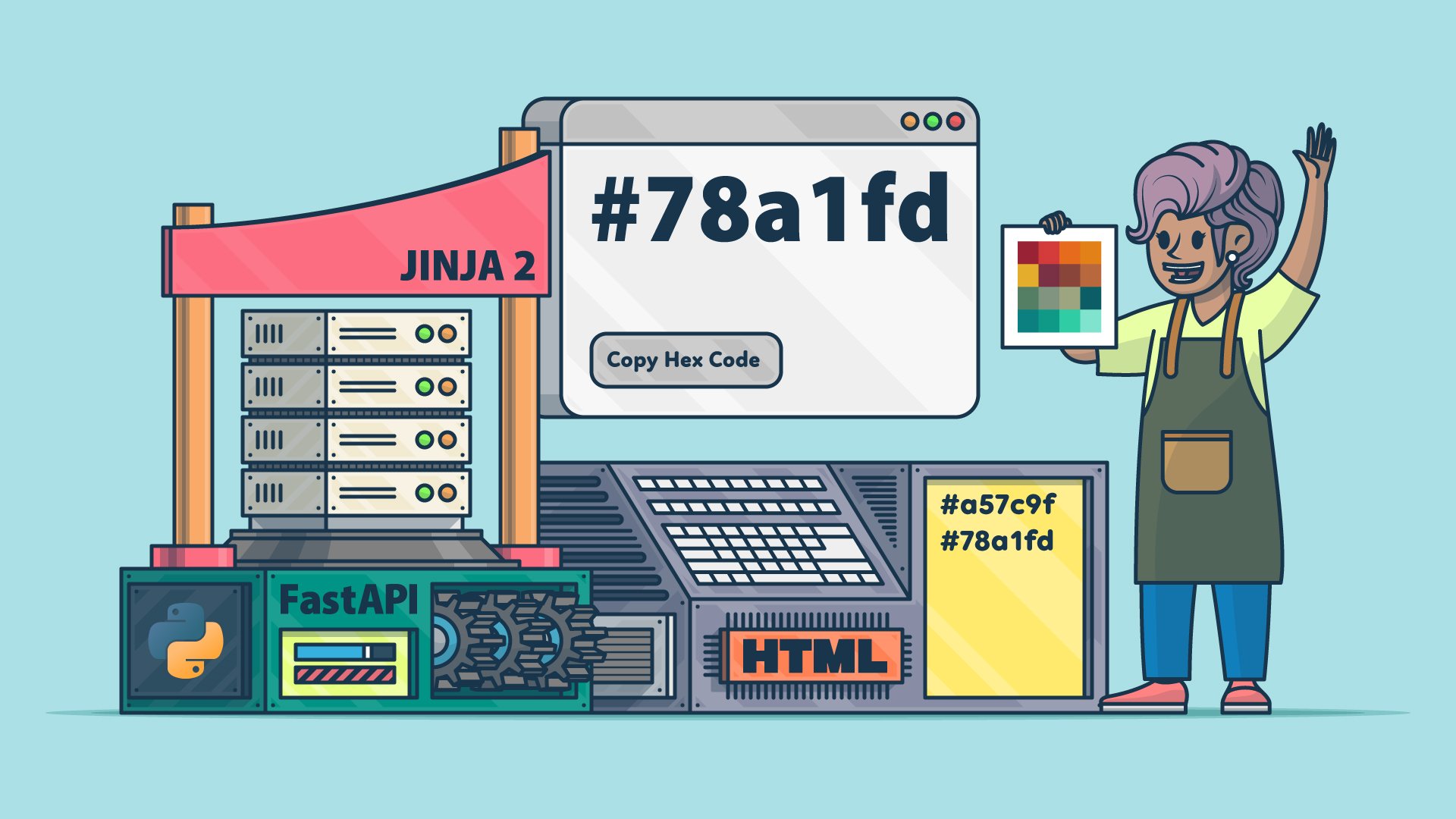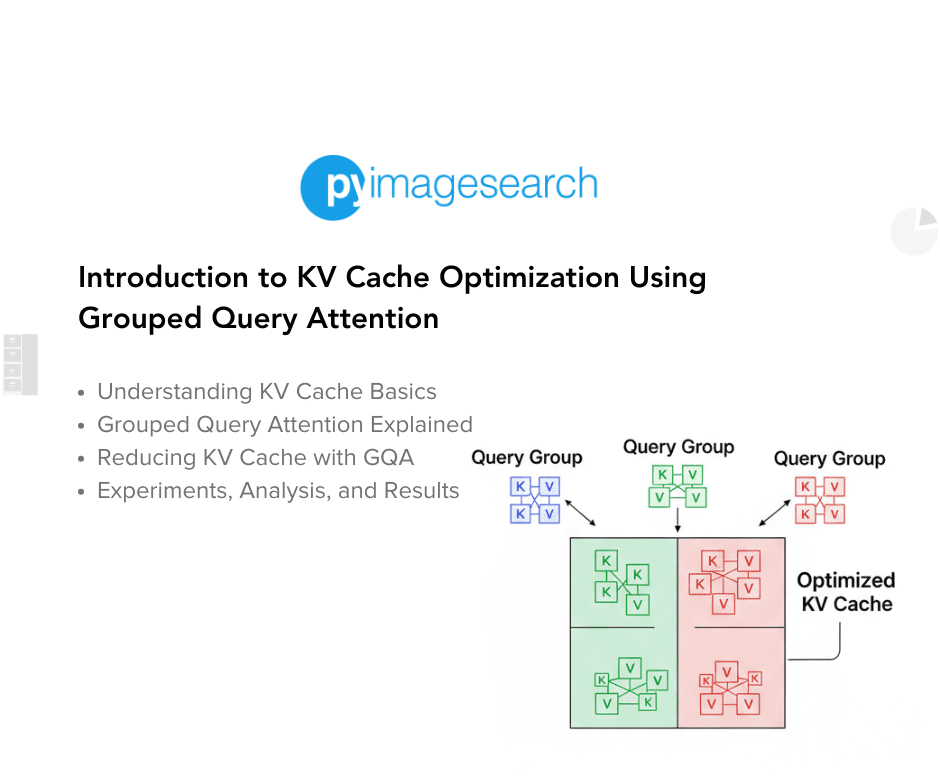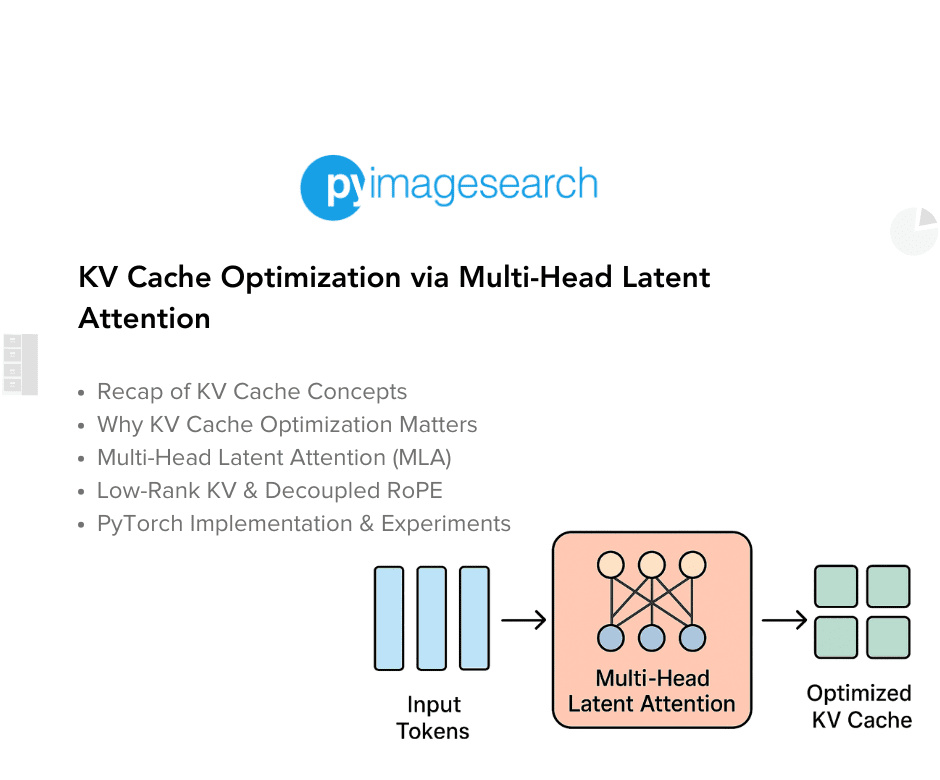Python
Python
[ follow ]
#performance #streamlit #rust #fastapi #dependency-resolution #dataclasses #pandas #docker #data-science #europython
fromInfoWorld
1 week agoGet started with Python's new native JIT
sys._jit.is_available(): Lets you know if the current build of Python has the JIT. Most binary builds of Python shipped will now have the JIT available, except the "free-threaded" or "no-GIL" builds of Python. sys._jit.is_enabled(): Lets you know if the JIT is currently enabled. It does not tell you if running code is currently being JITted, however.
Python
fromRealpython
1 week agoLlamaIndex in Python: A RAG Guide With Examples Quiz - Real Python
In this quiz, you'll test your understanding of the LlamaIndex in Python: A RAG Guide With Examples tutorial. By working through this quiz, you'll revisit how to create and persist an index to disk, review how to reload it, and see why persistence improves performance, lowers costs, saves time, and keeps results consistent.
Python
fromPyImageSearch
1 week agoMistral OCR 3 Technical Review: SOTA Document Parsing at Commodity Pricing - PyImageSearch
The commoditization of Optical Character Recognition (OCR) has historically been a race to the bottom on price, often at the expense of structural fidelity. However, the release of Mistral OCR 3 signals a distinct shift in the market. By claiming state-of-the-art accuracy on complex tables and handwriting-while undercutting AWS Textract and Google Document AI by significant margins-Mistral is positioning its proprietary model not just as a cheaper alternative, but as a technically superior parsing engine for RAG (Retrieval-Augmented Generation) pipelines.
Python
fromNedbatchelder
1 week agoGenerating data shapes with Hypothesis
I couldn't get Hypothesis to generate usable data for my test. I wanted to assert that two equal data items would hash equally, but Hypothesis was finding pairs like[0] and [False]. These are equal but hash differently because the hash takes the types into account.
fromTalkpython
1 week agoTalk Python in Production
Have you ever thought about getting your small product into production, but are worried about the cost of the big cloud providers? Or maybe you think your current cloud service is over-architected and costing you too much? Well, in this episode, we interview Michael Kennedy, author of "Talk Python in Production," a new book that guides you through deploying web apps at scale with right-sized engineering.
Python
fromCogito, Ergo Sumana
1 week agoPython Software Foundation, National Science Foundation, And Integrity
I know, from personal experience, that it takes a significant amount of effort to research, write, revise, and submit a decently plausible funding proposal to the US government's National Science Foundation. A successful NSF proposal is as tightly structured as a sonnet, even beyond the explicit requirements given in the solicitation; every diagram or chart, every paragraph, every sentence of those 20-30 pages has to hit a particular mark.
fromRealpython
2 weeks agoHow to Build the Python Skills That Get You Hired - Real Python
Web development roles often emphasize frameworks like Flask, Django, and, more recently, FastAPI, along with database knowledge and REST API design. Employers often seek full-stack engineers who feel comfortable working on the backend as well as frontend, including JavaScript, HTML, and CSS. Data science positions highlight libraries like NumPy, pandas, Polars, and Matplotlib, plus an understanding of statistical concepts. Machine learning jobs typically add PyTorch or TensorFlow to the mix. Test automation roles likely require familiarity with frameworks such as Selenium, Playwright, or Scrapy.
Python
fromPythonmorsels
2 weeks agoEmbrace whitespace
Your code is easiest to read just after you've written it. Your future self will find your code far less readable days, weeks, or months after you've written it. When it comes to code readability, whitespace is your friend. Whitespace around operators Compare this: To this: I find that second one more readable because the operations we're performing are more obvious (as is the order of operations). Too much whitespace can hurt readability though: This seems like a step backward because we've lost those three groups we had before. With both typography and visual design, more whitespace isn't always better.
Python
fromSebastian Polsterl
1 week agoscikit-survival 0.26.0 released | Sebastian Polsterl
I am pleased to announce that scikit-survival 0.26.0 has been released. This is a maintainance release that adds support for Python 3.14 and includes updates to make scikit-survival compatible with new versions of pandas and osqp. It adds support for the pandas string dtype, and copy-on-write, which is going to become the default with pandas 3. In addition,sksurv.preprocessing.OneHotEncoder now supports converting columns with the object dtype.
Python
fromPythonbytes
2 weeks agoLinkedIn Cringe
Join us on YouTube at pythonbytes.fm/live to be part of the audience. Usually Monday at 10am PT. Older video versions available there too. Finally, if you want an artisanal, hand-crafted digest of every week of the show notes in email form? Add your name and email to our friends of the show list, we'll never share it. Brian #1: Deprecations via warnings Michael #2: docs
Python
fromRealpython
2 weeks agoWriting DataFrame-Agnostic Python Code With Narwhals - Real Python
Narwhals is intended for Python library developers who need to analyze DataFrames in a range of standard formats, including Polars, pandas, DuckDB, and others. It does this by providing a compatibility layer of code that handles any differences between the various formats. In this tutorial, you'll learn how to use the same Narwhals code to analyze data produced by the latest versions of two very common data libraries. You'll also discover how Narwhals utilizes the efficiencies of your source data's underlying library when analyzing your data.
Python
fromThepythoncodingstack
2 weeks agoIf You Love Queuing, Will You Also Love Priority Queuing? * [Club]
You provide three tiers to your customers: Gold, Silver, and Bronze. And one of the perks of the higher tiers is priority over the others when your customers need you. Gold customers get served first. When no Gold customers are waiting, you serve Silver customers. Bronze customers get served when there's no one in the upper tiers waiting. How do you set up this queue in your Python program?
Python
fromEuroPython Society
2 weeks agoList of EPS Board Candidates for 2025/2026
My name is Angel, I'm a seasoned engineer with more than 20 years experience designing and building software and web apps. My current role doesn't involve much coding these days, still Python and its community is where my heart is. ☺️ My first EuroPython was in Florence 2012 where I was blown away by the amazing people gathered around the conference and the language. It was like nothing I've ever experienced before and the energy was palpable ... I was hooked!
Python
fromRealpython
3 weeks agoPython Inner Functions: What Are They Good For? Quiz - Real Python
In this quiz, you'll test your understanding of the Python Inner Functions: What Are They Good For? tutorial. By working through this quiz, you'll revisit how inner functions work with enclosing scopes, when to use nonlocal to update captured state, how closures retain data across calls, and how decorators wrap a callable to extend behavior. You'll apply these ideas to organize helpers, reuse state, and write clear, maintainable functions in real projects.
Python
fromEfficient Coder
3 weeks agoThe Efficient Way to Learn Python in 2026 (5 Prompts + A Free Book) | EfficientCoder
I see two types of learners in 2026, and honestly, both of them are doing it wrong. The first group tries to learn solely through AI. They ask chatbots to "write a script," copy-paste the result, and feel productive. But the second they hit a bug the AI can't fix, they freeze. They have no foundation. They built a house on sand.
Python
fromThe JetBrains Blog
3 weeks agoPyCharm 2025.3 - Unified IDE, Jupyter notebooks in remote development, uv as default, and more | The PyCharm Blog
PyCharm 2025.3 unifies Community users into a single free IDE and adds remote Jupyter support, uv default, proactive DataFrame fixes with AI, and Claude Agent.
fromPyImageSearch
3 weeks agoGrounding DINO: Open Vocabulary Object Detection on Videos - PyImageSearch
Imagine asking a friend to find any object in a picture simply by describing it. This is the promise of open-set object detection: the ability to spot and localize arbitrary objects (even ones never seen in training) by name or description. Unlike a closed-set detector trained on a fixed list of classes (say, "cat", "dog", "car"), an open-set detector can handle new categories on the fly, simply from language cues.
Python
fromMouse Vs Python
4 weeks agoANN: Vibe Coding Video Games with Python - Mouse Vs Python
Welcome to Vibe Coding Video Games with Python. In this book, you will learn how to use artificial intelligence to create mini-games. You will attempt to recreate the look and feel of various classic video games. The intention is not to violate copyright or anything of the sort, but instead to learn the limitations and the power of AI. Instead, you will simply be learning about whether or not you can use AI to help you know how to create video games.
Python
fromThepythoncodingstack
1 month agoMy Life * The Autobiography of a Python Object
And that's it. I exist. I have no recollection of anything before this instant. But I'm very aware of what I am now. I'm an object. This is the line of code that brought me into existence: My first recollection from a few moments ago was of being inside Team.__new__(). And I felt an affinity with my clan right away. I was a Team instance-an object of type Team.
Python
fromInfoWorld
1 month agoPython vs. Kotlin: Which loops do you like better?
Prepare to be surprised when we compare Python and Kotlin for simple programs, loops, imports, exceptions, and more. You can also get a super early preview of Python's next-generation (Python 3.15) sampling profiler, get up close with AWS's new AI-powered Zed editor, and explore your options for AI/ML programming outside of the Python ecosystem.
Python
fromRealpython
1 month agoHow to Properly Indent Python Code - Real Python
Most editors and integrated development environments (IDEs) can indent Python code correctly with little to no input from the user. You'll see examples of this in the sections that follow. Python-Aware Editors In most cases, you'll be working in a Python-aware environment. This might be a full Python IDE such as PyCharm, a code editor like Visual Studio Code, the Python REPL, IPython, IDLE, or even a Jupyter notebook. All these environments understand Python syntax and indent your code properly as you type.
Python
fromTreyhunner
1 month agoPython Black Friday & Cyber Monday sales (2025)
Python Morsels: I'm offering lifetime access for the second time ever (more details below) Data School: a new subscription to access all of Kevin's 7 courses plus all upcoming courses Talk Python: AI Python bundle, the Everything Bundle, and Michael's Talk Python in Production Reuven Lerner: get 20% off your first year of the LernerPython+data tier (code BF2025) : get 50% off all his books including his all books bundle (code BF202550) Mike Driscoll: get 50% off all his Python books and courses (code BLACKISBACK)
Python
fromMathspp
1 month agoGeneralising itertools.pairwise
itertools.pairwise is an iterable from the standard module itertools that lets you access overlapping pairs of consecutive elements of the input iterable. That's quite a mouthful, so let me translate: You give pairwise an iterable, like "ABCD", and pairwise gives you pairs back, like ("A", "B"), ("B", "C"), and ("C", "D"). In loops, it is common to unpack the pairs directly to perform some operation on both values.
Python
fromTreyhunner
1 month agoPython Morsels Lifetime Access Sale
When you sign up for Python Morsels, you'll choose your current Python skill level, from novice to advanced. Based on your skill level, each Monday I'll send you a personalized routine with: a short screencast to watch (or read) a multi-part exercise to move you outside your comfort zone a mini exercise that you can accomplish in just 10 minutes links to dive deeper into subsequent screencasts and exercises
Python
fromPyImageSearch
1 month agoConverting a PyTorch Model to ONNX for FastAPI (Docker) Deployment - PyImageSearch
In this lesson, you will learn how to convert a pre-trained ResNetV2-50 model using PyTorch Image Models (TIMM) to ONNX, analyze its structure, and test inference using ONNX Runtime. We'll also compare inference speed and model size against standard PyTorch execution to highlight why ONNX is better suited for lightweight AI inference. This prepares the model for integration with FastAPI and Docker, ensuring environment consistency before deploying to AWS Lambda.
Python
fromMathspp
1 month agoFloodfill algorithm in Python
ctx = canvas.getContext("2d") URL = "/blog/floodfill-algorithm-in-python/_python.txt" async def load_bitmap(url: str) -> list[list[int]]: # Fetch the text file from the URL response = await fetch(url) text = await response.text() bitmap: list[list[int]] = [] for line in text.splitlines(): line = line.strip() if not line: continue row = [int(ch) for ch in line if ch in "01"] if row: bitmap.append(row) return bitmap
Python
Python
fromMicrosoft for Python Developers Blog
1 month agoPython in Visual Studio Code - November 2025 Release - Microsoft for Python Developers Blog
Python extension November 2025 adds Copilot 'Add as docstring', localized hover summaries, Convert wildcard imports code action, and debugger support for multiple interpreters.
[ Load more ]
